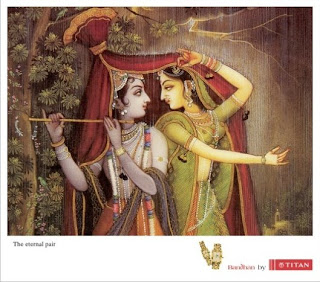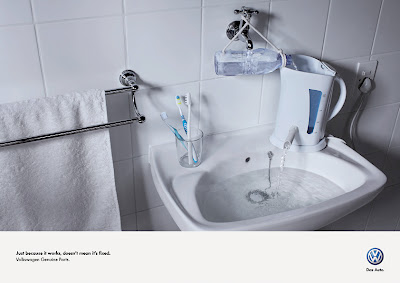Cafe Coffee Day (CCD) has made its first TV Commercial, in its 16 years of being the most popular brand since its inception in India.
Research suggests that 50 per cent of our target consumers in the top six metros - in the 17 to 35-year age group - haven't been to a cafe. This initiation of doing a TV advertisement, has come as the next step to its campaign in print medium in selected top nine cities across India.
The brand which initiated the cafe culture, is now foraying in to newer and unconventional markets and aims to get in to new segments through its TV Commercial.
Recently the coffee shop brand partnered with the movie Neethane En Ponvasantham (also in Telugu as Yeto Vellipoyindi Manasu) as one of its official partner and the coffee shop’s brand name is already visible in many of the film’s promotions.
This new TV campaign has represented the youth who come to their shop to have a conversation over a cup of coffee with their friends, colleagues, lovers, business partners, etc.
The TV ad has also added its humour quotient, by giving a new solution to many problems – by sitting down! The TV Commercial has come up with the new Anthem – Sit Down Anthem! This 2 minute and 20 seconds ad also uses this generation's biggest tool - Social Media Platform such as Facebook, Youtube, Twitter as they share & spread this new Anthem of Sit Down! Cafe Coffee Day has around 1400 outlets across the country now and this was a good time to introduce this idea to consumers. The best part is the way the tv advertisement builds a platform for brand activity on social media - is #sitdown a trend already or will it be in a few days to come?
K Ramakrishnan, President marketing Cafe Coffee Day, says, “The TV Commercial reflects the way of life of the millions of youth following the brand. At a time when ‘standing up’ for issues seem to be the order of the day, the ad reminds you of the positive results of sitting down and discussing various subjects over your favorite brew.”
Research suggests that 50 per cent of our target consumers in the top six metros - in the 17 to 35-year age group - haven't been to a cafe. This initiation of doing a TV advertisement, has come as the next step to its campaign in print medium in selected top nine cities across India.
The brand which initiated the cafe culture, is now foraying in to newer and unconventional markets and aims to get in to new segments through its TV Commercial.
Recently the coffee shop brand partnered with the movie Neethane En Ponvasantham (also in Telugu as Yeto Vellipoyindi Manasu) as one of its official partner and the coffee shop’s brand name is already visible in many of the film’s promotions.
This new TV campaign has represented the youth who come to their shop to have a conversation over a cup of coffee with their friends, colleagues, lovers, business partners, etc.
The TV ad has also added its humour quotient, by giving a new solution to many problems – by sitting down! The TV Commercial has come up with the new Anthem – Sit Down Anthem! This 2 minute and 20 seconds ad also uses this generation's biggest tool - Social Media Platform such as Facebook, Youtube, Twitter as they share & spread this new Anthem of Sit Down! Cafe Coffee Day has around 1400 outlets across the country now and this was a good time to introduce this idea to consumers. The best part is the way the tv advertisement builds a platform for brand activity on social media - is #sitdown a trend already or will it be in a few days to come?
K Ramakrishnan, President marketing Cafe Coffee Day, says, “The TV Commercial reflects the way of life of the millions of youth following the brand. At a time when ‘standing up’ for issues seem to be the order of the day, the ad reminds you of the positive results of sitting down and discussing various subjects over your favorite brew.”

















































